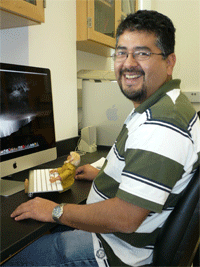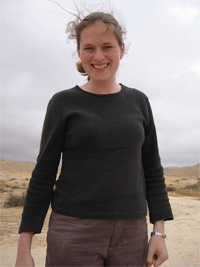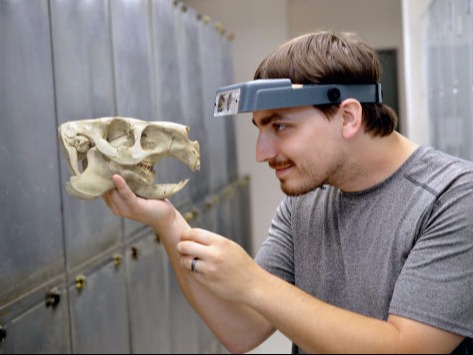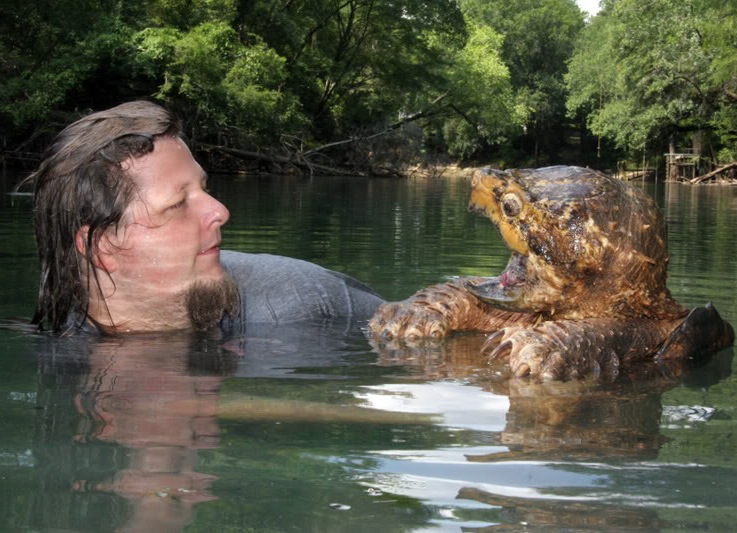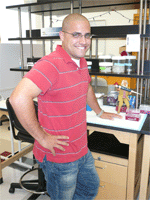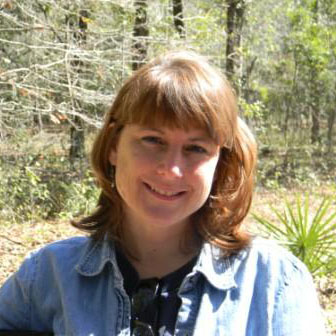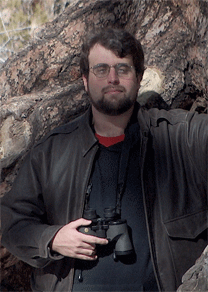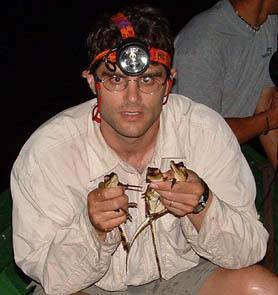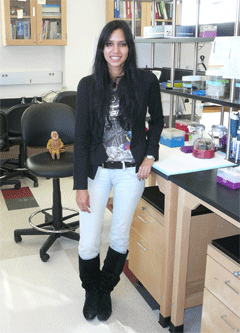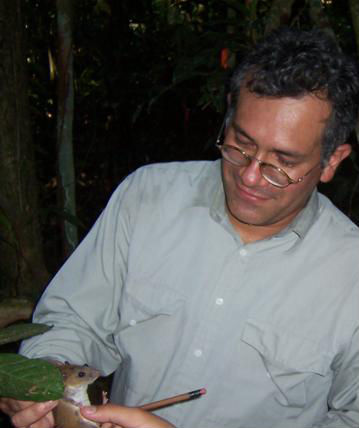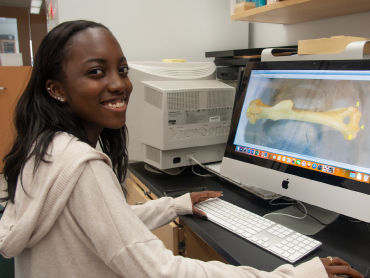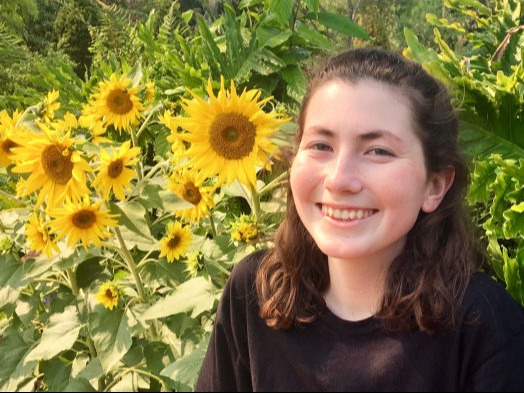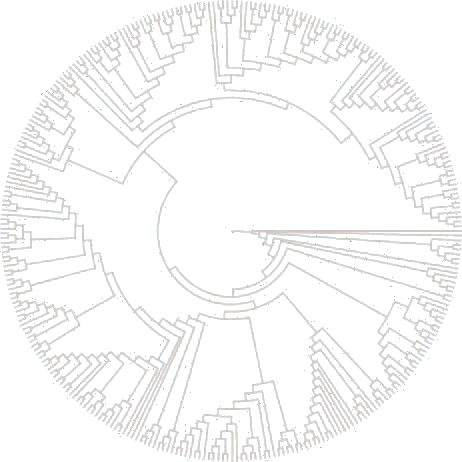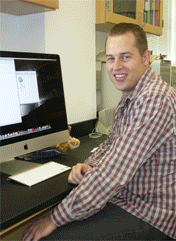
John Schenk
Ohio University
My research aim is to uncover the evolutionary processes that have led to the present diversity in the muroid rodent clade. Twenty-eight percent of the species diversity found in the mammalian lineage are rodents, and much of this diversity is represented by muroids (Old World mice and rats, voles, gerbils, sigmodontines, etc.). We use statistical phylogenetic approaches to examine putative evolutionary processes that have led to its diversity, such as ecological opportunity and key innovations.
My research aim is to uncover the evolutionary processes that have led to the present diversity in the muroid rodent clade. Twenty-eight percent of the species diversity found in the mammalian lineage are rodents, and much of this diversity is represented by muroids (Old World mice and rats, voles, gerbils, sigmodontines, etc.). We use statistical phylogenetic approaches to examine putative evolutionary processes that have led to its diversity, such as ecological opportunity and key innovations.
